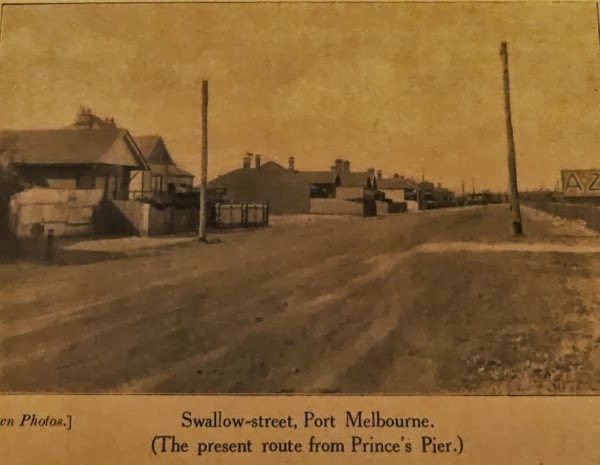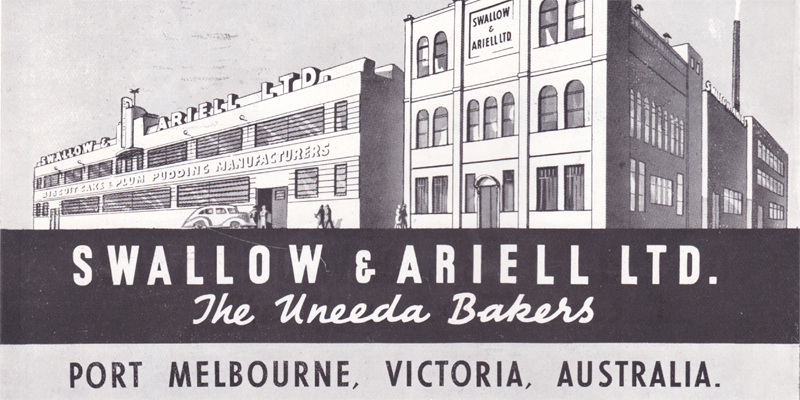Gateway to Melbourne
The Town Planning Commission report of 1929 was very critical of the entrance to Melbourne from Port Melbourne. It reported that ‘this approach to Melbourne is a drab and shabby one’.
The honorary secretary of the Commission, Frank Heath, said hopefully ‘What a difference a tree lined boulevard, extending for several miles around the esplanade would make to the Port Melbourne waterfront.’
The appearance of Port Melbourne’s foreshore also attracted a lot of commentary in the papers of the day along these lines: ‘Run your eye along the waterfront scene, and you will realise that the overseas tourist’s first impression of Melbourne is one of aesthetic horror.’
Perhaps there is just a hint of exaggeration in the following description: ‘The scene which greets the visitor leaving Princes Pier might well serve as the background for a theatre set representing a specially unpleasant corner of American desert country’.
So successive dignitaries and royals were taken from Port to St Kilda so they could proceed with appropriate dignity up St Kilda Road. This still rankles.
However, the picture of Swallow St in the Town Planning Commission report suggests they had a point.
The Port Melbourne Council maintained that the land between the piers was the Melbourne Harbor Trust’s responsibility. The MHT said what happened on the landward side was not their responsibility. Throughout the 1920s the Port Melbourne Council lobbied the Government for improvements to the waterfront. Finally the Melbourne Harbor Trust proposed a bridge to link the two piers. Centenary Bridge was built for the Centenary of Melbourne in 1934 but roads connecting to it were not completed and open to the public until 1936.
All that remains of that unique structure is the lone pylon opposite the London Hotel. Look for the Melbourne Harbor Trust monogram on the pillar. Centenary Bridge was demolished to make way for the Beacon Cove development in 1991.
Debate continues on whether Station Pier’s waterfront is an attractive and welcoming approach to Melbourne.
Note: The quotes above are taken from a photocopied compilation of newspaper articles, some of them undated. If you ever cut anything out of the paper (an act that in itself may soon become an historical exercise) write the date and source on it in pencil straight away. Without accurate dating, they are less useful.
Sources, notes and further information
The Melbourne Harbor Trust is the antecedent organisation of today’s Port of Melbourne Corporation.
Plan for General Development (1929) Department of Environment, Land, Water and Planning
Read the detailed account of the stories surrounding the construction of Centenary Bridge at Art Deco Buildings.
G & M Bride The Borough and Its People, Port Melbourne 1839 to 1939


